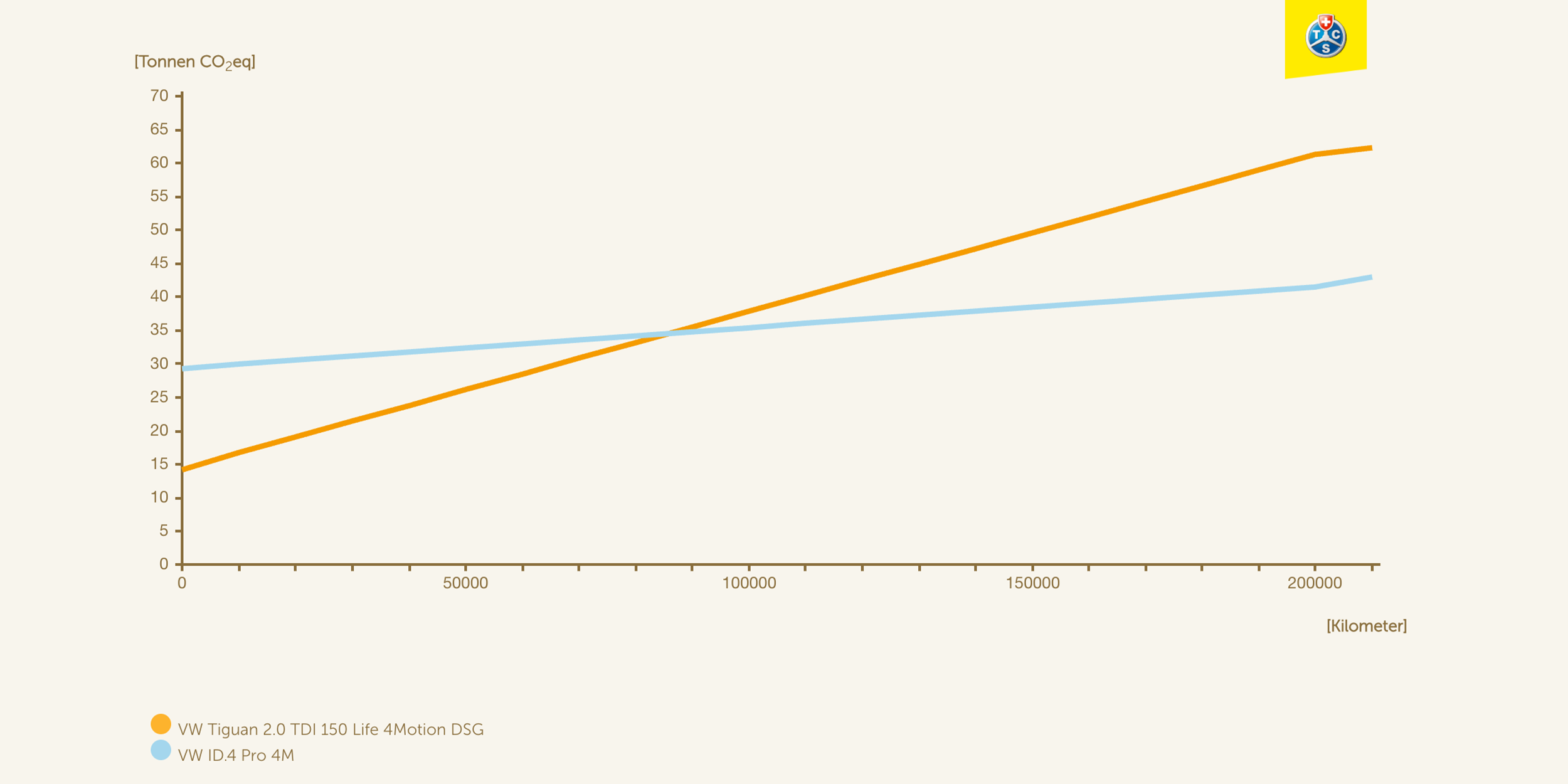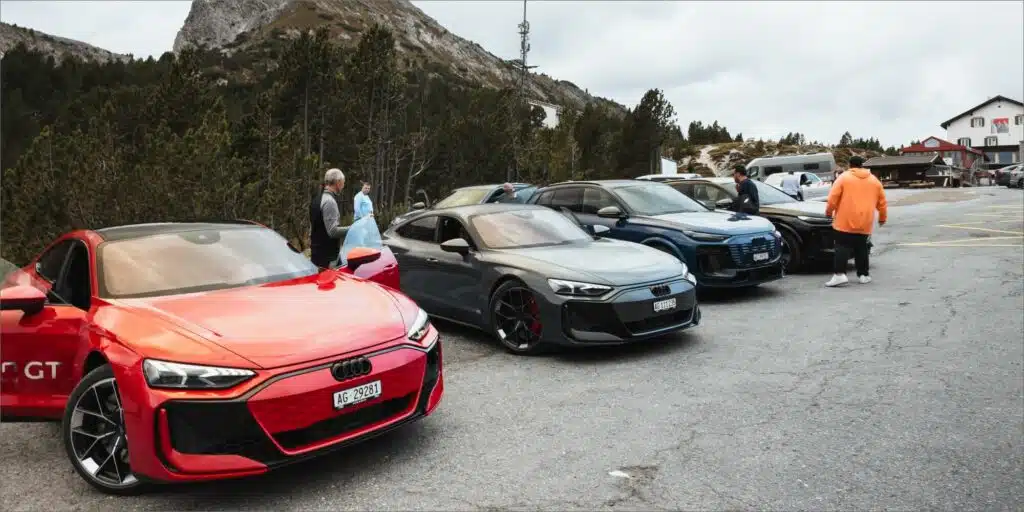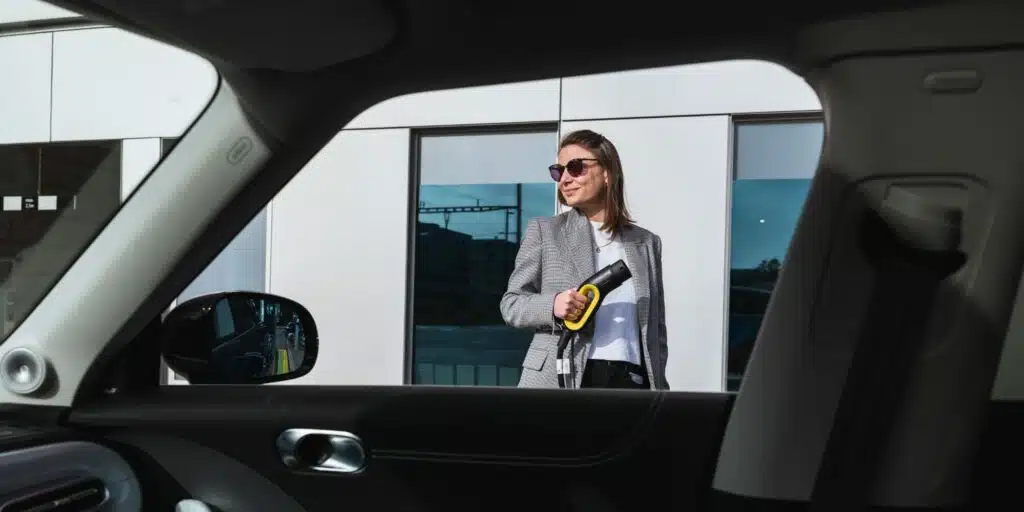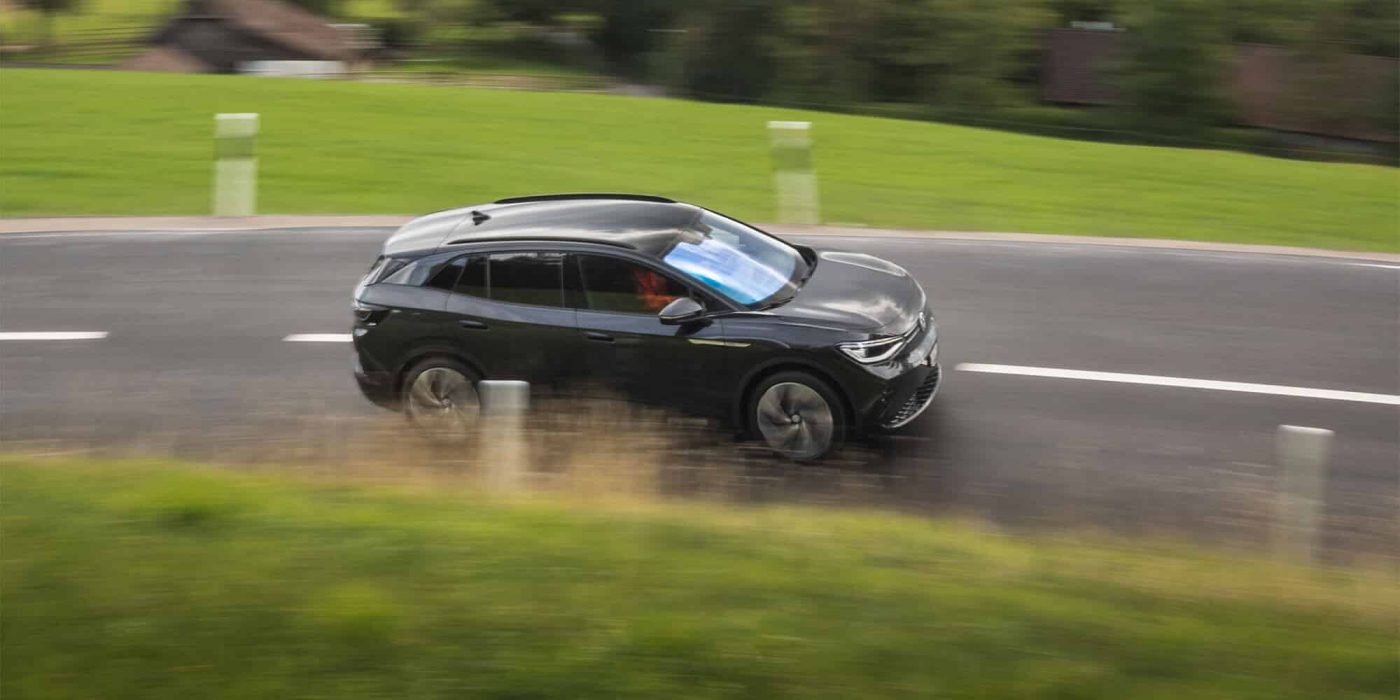
Lower CO2 emissions
Electric cars usually emit less or even no direct CO2 emissions during operation, especially if they are charged with renewable energy. This contributes to reducing greenhouse gas emissions and combating climate change. In Switzerland in particular, this is a huge argument in favour of electromobility, as our electricity production from renewable sources is in a good position. Including imports, this lies at 112 g CO2/kWh (according to VSE), which is 3-4 times lower than the values from Germany. If one also takes into account AMAG’s efforts with regard to “Net Zero” by 2040 and the major PV offensive, it’s clear that Clyde is in a very good position.
CO2 footprint of electric cars
“Wait, electric cars have significantly lower emissions during operation than internal combustion engines, but what about the carbon footprint from production?” That’s a good question, because it is well known that the production of battery cells is a relatively energy-intensive process. The CO2 emissions from production are therefore directly related to the share of renewable energy at the production site. Fortunately, the share of renewable energy in the market is increasing every year, meaning that battery cells are becoming increasingly CO2 efficient. Nowadays, the emissions from battery production are around 60-110 kg CO2/kWh (IVL 2019) depending on the production site, according to a study by the IVL.
I compare the carbon footprint of two similar vehicles using the TCS calculator – which is based on the Paul Scherrer Institute’s Carcalulator. I compared the VW Tiguan and the ID.4, both with all-wheel drive. From 85,000 km on the clock, the carbon footprint of the ID.4 is positive compared to the Tiguan, despite the 15 tonnes of additional emissions generated during production.
Exciting news, by the way: Volkswagen is currently handing over every model from the ID. family with a carbon-neutral balance sheet.
Batteries get a second service life (2nd Life)
Electric car batteries play a crucial role in electromobility. Once they’ve surpassed their useful life in electric cars, the batteries do lose capacity, but they are by no means unusable. Electric car batteries can be given a “second life” by being used in other applications. This means that the batteries can be used in other applications after their use in vehicles. This could be in stationary energy storage systems, for example, where they would be used to store renewable energy and balance out grid fluctuations. This reduces the need for new battery production and contributes to resource efficiency.
The container cubes at Audi’s premium charging location, the Audi charging hub, consist of used lithium-ion batteries (2nd life) that come from dismantled Audi test vehicles and serve as buffer storage for direct current. With this electricity storage system, less strain is placed on local grid capacities and there is no need for a complex infrastructure with a high-voltage supply line or expensive transformers.
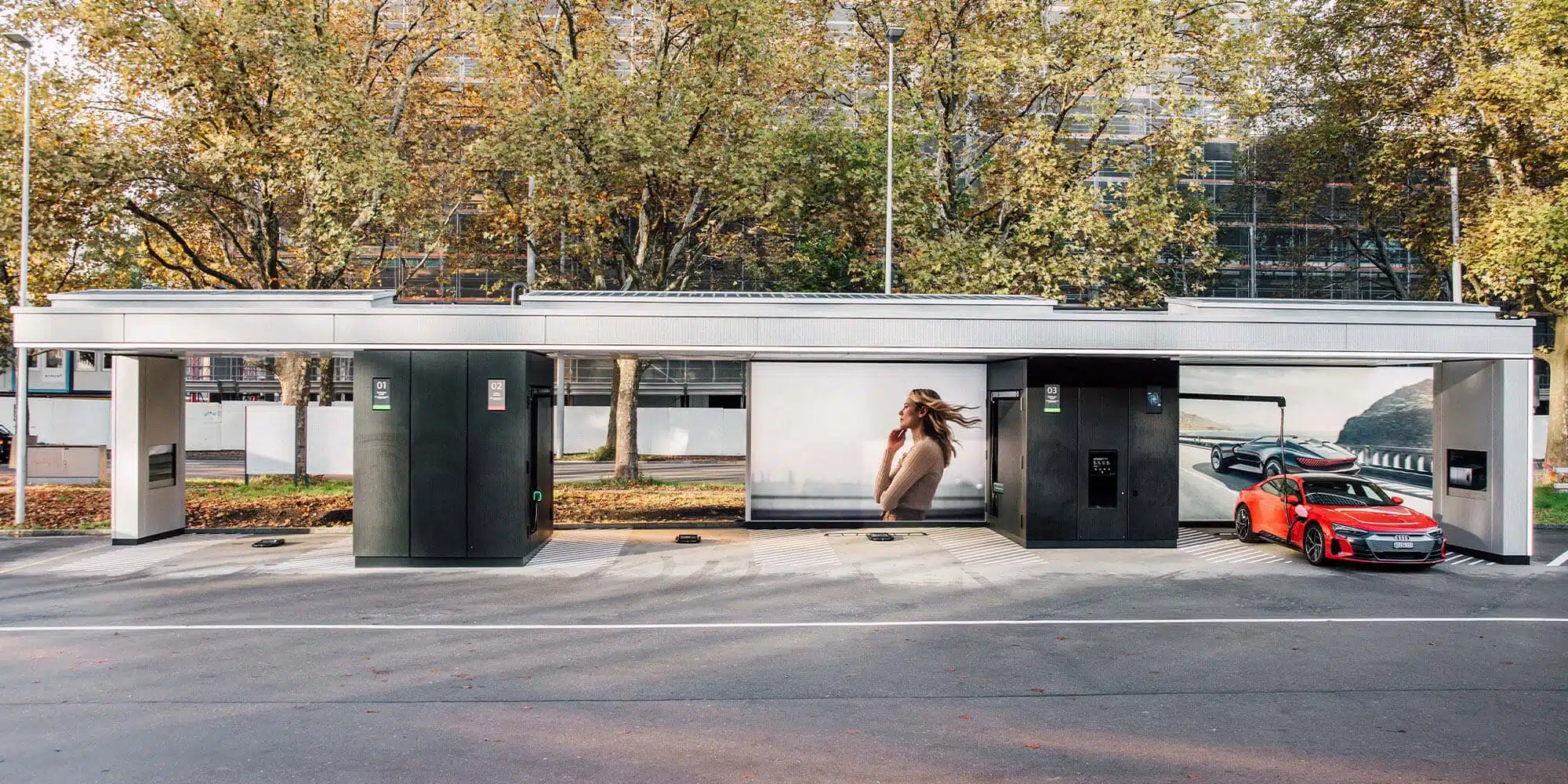
After life - recycling
Once batteries have had their second life as stationary storage, they are still by no means ready for the incinerator. The raw materials contained in a battery are far too valuable to be left unused. In the EU, the so-called “Battery Ordinance” has also been in force since August this year, with a mandatory recycling rate of 90% for used batteries. Newly produced batteries must contain a minimum proportion of recycled materials
, and there are also some great examples of vehicle battery recycling in Switzerland. Together with Empa, the company Kyburz has created a process that can recover at least 91% of the material from lithium-ion batteries. These are impressive figures, especially when you consider that we are only at the beginning of development in this area.
Just test
an electric car?
Do you find electric mobility exciting but aren’t sure which vehicle is right for you? If so, there’s no time like the present – simply pay Clyde a visit online. Thanks to flexible subscription periods and mileage packages, you can test electric cars completely at your leisure and find out whether electric mobility has a place in your day-to-day life. Easy!

